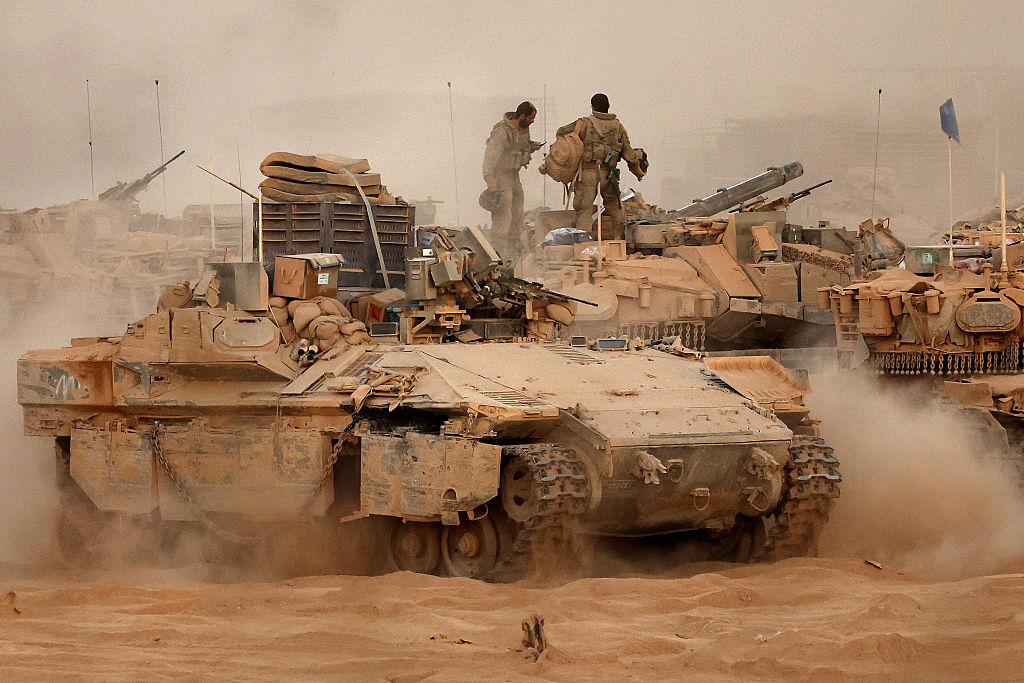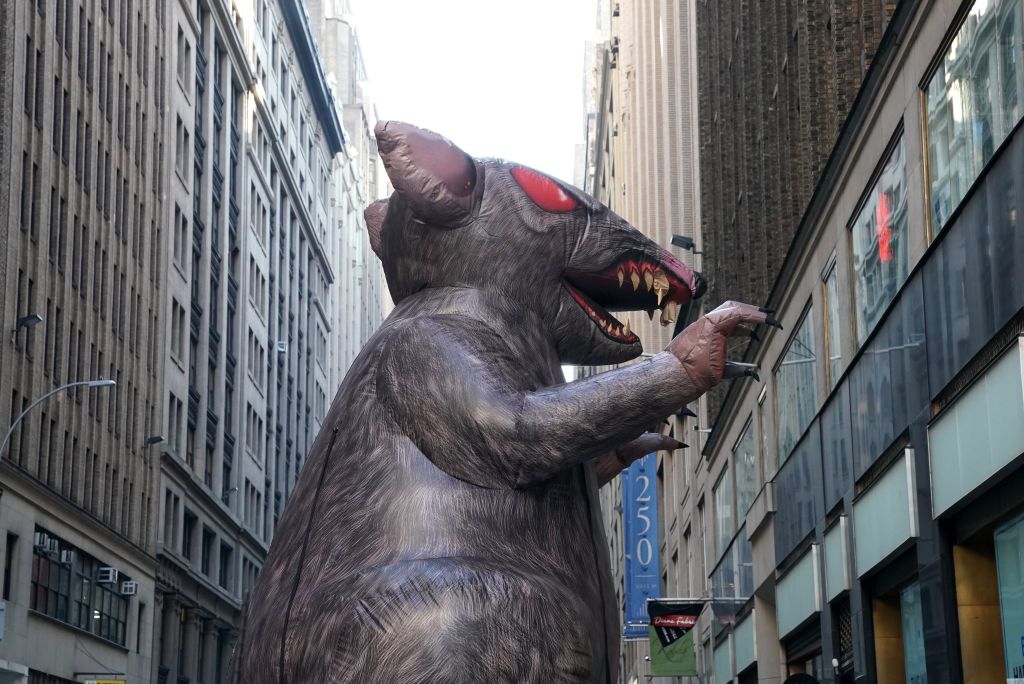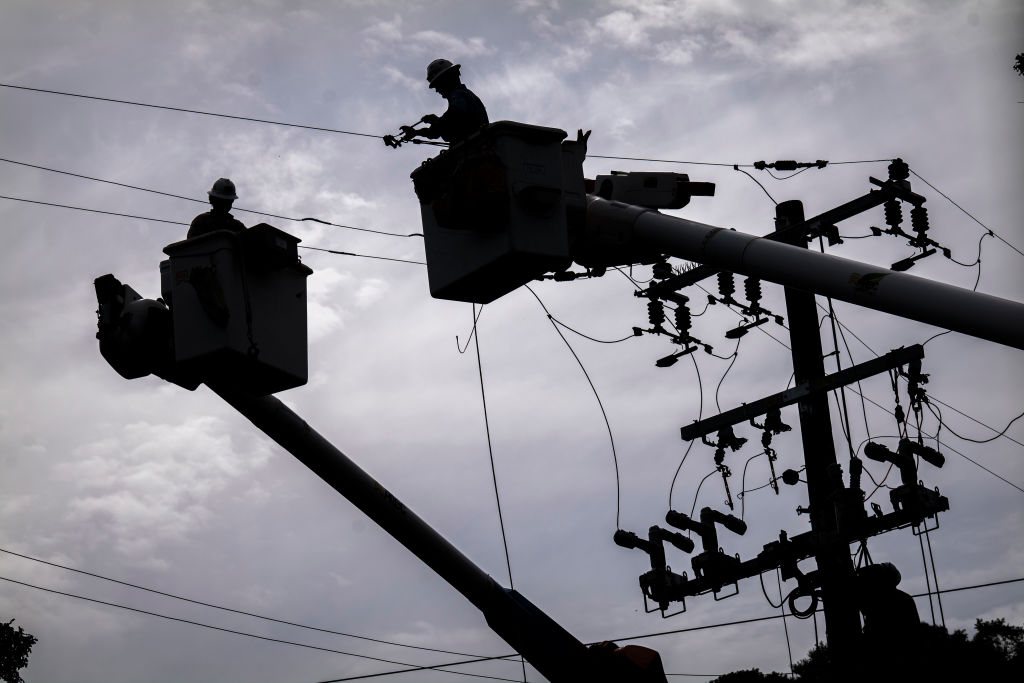
Donald Trump Has a Family Policy… Stop Laughing.
April 26, 2025
The Free Spirit of Germany’s Carnivals Is Under Attack
April 26, 2025The corpses started appearing in the early 2000s, hanging from overpasses with threats scrawled on their shirts. Everyone in Mexico knew that drug cartels were murdering people, but they rarely made such a show of it. Then, in 2005, a kingpin named Edgar Valdez Villarreal (a.k.a. “La Barbie”) ramped up the exhibitionism, posting a video online of his gang torturing and murdering its rivals. My stepbrother, a telenovela actor, agreed to play Valdez in a biopic; the film turned out to be written and financed by La Barbie himself, who often wandered the set.
Two decades later, I realize that these grim spectacles were the beginning of a trend: Cartels are influencers now. They have converted their criminality into a commodity, broadcasting with impunity while law enforcement and social-media platforms struggle to rein them in. On TikTok, drug traffickers filmed themselves fleeing from customs agents in a high-speed boat chase, garnering millions of likes. Some content is less Miami Vice and more cottagecore: farmers harvesting poppy seeds, for instance. Keep scrolling and you might find henchmen bagging bales of $100 bills, tiger cubs lounging in trucks, and dogs trotting with decapitated heads in their mouths.
Like everyone else, cartels post to get attention and shape their public image. Higher-ups in the Sinaloa Cartel show off their mansions and narrate their personal journeys from rags to riches. Members of the Jalisco New Generation Cartel have used social media to showcase their supposed humanitarianism but also their savagery. Sometimes they feud with other gangs: In 2021, the group engaged in a performative back-and-forth with United Cartels, which earned both parties ample spotlight. More important, though, cartels wield their digital influence to spread to other markets, diversify their rackets, converge with international supply chains, and recruit Americans to smuggle drugs and people. Gangs in the U.S. have embraced social media for many of the same reasons.
Posting can also serve a tactical purpose. Consider the so-called Battle of Culiacán: In 2019, dozens of gunmen livestreamed the Mexican military’s failed attempt to secure the Sinaloa kingpin Ovidio Guzmán López, the son of the infamous drug lord Joaquín “El Chapo” Guzmán Loera. The cartel had deployed gunmen across the city, which triggered a flood of clips and rumors online that overwhelmed law enforcement. According to reports, gang members paid bystanders to hop on their vehicles—an apparent attempt to superficially boost their numbers. Then Sinaloan gunmen filmed themselves bragging as they trounced government forces, who ultimately had to surrender Guzmán López back to the cartel. The videos circulating on social media made for a terrifying show of force and, frankly, good TV. In response to the fiasco, the government put out a television ad vowing to continue the war on drugs, which looked feebly analog by contrast.
As cartels have grown more adept at using social media, their influence in Mexican culture has spread. Popular ballads chronicle the exploits of kingpins. Fashion trends such as alucín and buchón take their cues from gangs. (After getting out of prison, El Chapo’s wife partnered with an Instagram influencer to launch a line of shapewear.) Over the past decade, cartel-forward films and TV shows—Narcos, Sicario, Breaking Bad, and their progeny—have permeated both sides of the U.S.-Mexico border.
Social-media companies try to stem cartels’ activity on their sites, but their efforts have been sporadic and uncoordinated. Some platforms tend to remove the grisliest content, and some ban a few cartels outright. Others, however, merely remove certain names and terms from search results. Content that one platform blocks can easily be copied and uploaded to a more permissive one, such as X. And although companies keep tabs on Mexico’s most prominent cartels, some 180 other groups go mostly unchecked. Many of them splinter and rebrand so quickly that automated moderation becomes virtually impossible. Their posts almost certainly draw more scrutiny from rivals than from the platforms.
Even if a total ban were possible, it would likely create another set of problems. Given the danger and difficulty of investigating Mexican cartels, their social-media feeds are sometimes the only public source of information about their activities. According to Reporters Without Borders, Mexico is the third-most-lethal area in the world for journalists (behind Pakistan and Gaza); 19 were murdered there in 2022. Small, citizen-run outlets—sometimes called “narcoblogs”—have tried to fill the void. But cartels target them too, so many bloggers post anonymously, leading readers to doubt their legitimacy. Even though cartels have become more visible in Mexico than ever before, we have very little credible information about their activities.
A couple of years ago, I was driving to dinner with my family in Cuernavaca when a pickup truck ahead of us suddenly hit the brakes. Armed men rushed out and told us to stop. Their uniforms appeared to be military, but cartels have been known to mimic the armed forces, so we couldn’t be sure. Just outside our car, soldiers beat down the door of a house and piled in. I sat in the back seat with my young niece, forcing a smile and singing a nursery rhyme while gently pushing her back from the window in case of a shoot-out. But after that, nothing happened, and we were waved through. Instinctively, I took out my phone to see if someone had posted something. No one had.
#Drug #Cartels #Social #Media
Thanks to the Team @ The Atlantic Source link & Great Job Antón Barba-Kay





